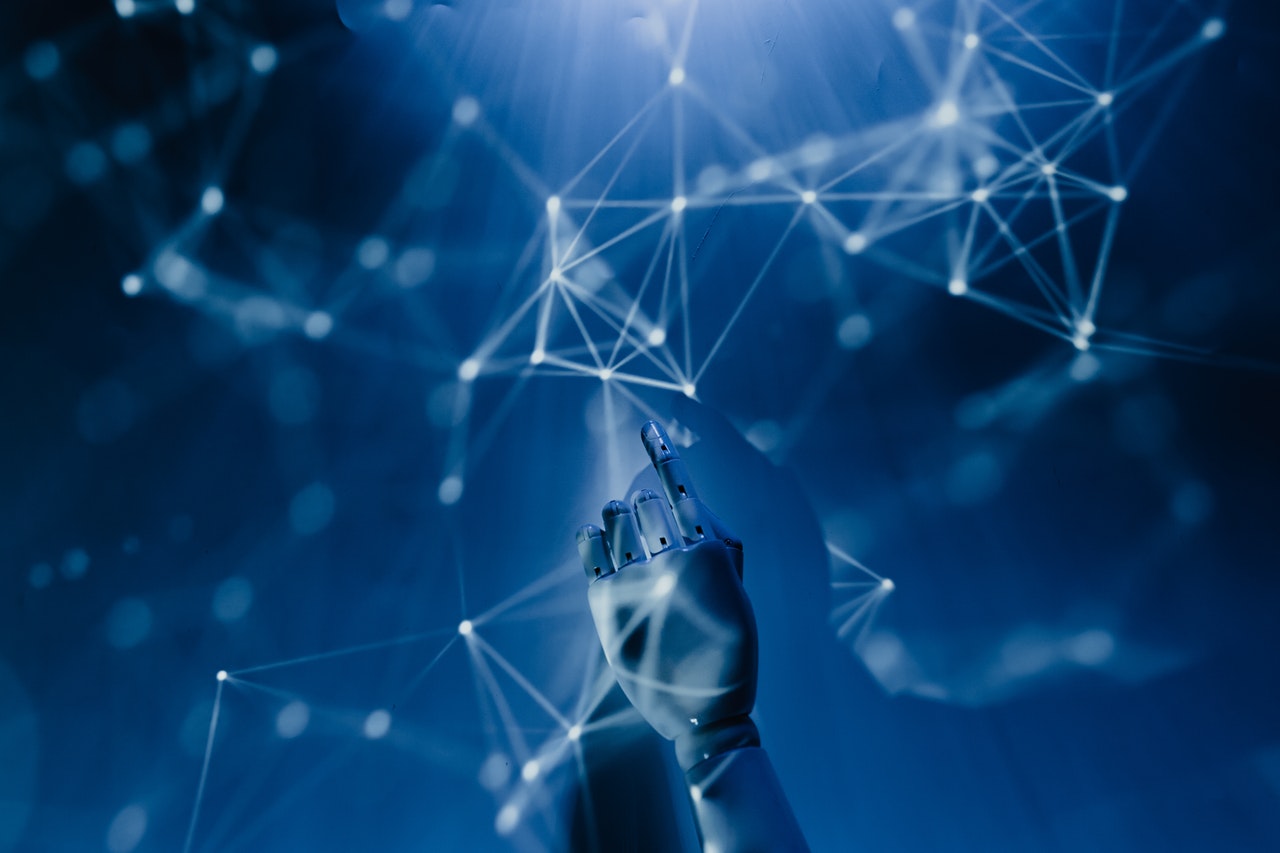
The term artificial intelligence (AI) seems to be thrown around a lot, but in the most basic terms, it just means using algorithms and mathematics to bestow computers with the ability to simulate human intelligence.
Sounds amazing, right? However, AI is still a long way from those humanoid robots we see in the movies. Here are some examples of what it can do and where it still falls short.
Can – Perform complex tasks
Back when computers were invented, they were inflexible systems controlled by basic algorithms. This made them good at performing basic tasks like calculating math problems. However, they were not very robust, often failing to adjust when confronted with unexpected input. Nowadays, computers are more adaptable. They can drive vehicles, compose music, have conversations, etc. Through techniques like data labelling, deep learning, etc., they can self-correct and make smarter decisions when confronted with new problems.
Can’t – Replace an entire workforce
Most people fear that robots are taking human jobs, but that’s not even close to the truth. AI’s goal is not to replace humans but to take repetitive and mindless work from humans so they can be delegated to more meaningful and intellectual roles. It also improves workplace safety because you can give robots tasks in high-risk environments like high radiation areas. Additionally, AI at this stage still requires a significant degree of human intervention. Most businesses implementing AI will need technicians, engineers, and programmers on board to ensure that they are functioning optimally. AI is also not ideal for customer service roles, as people are more comfortable communicating with humans.
Can – Make logical and data-based decisions
AI uses data as the basis for all their decisions, unlike humans, who are often blinded by personal biases and preconceived notions. They can process and interpret a large volume of data faster than humans can. This leads to quick and reliable decisions which can help in various fields. It can grow businesses faster by easily identifying people that fall under the intended demographic and giving them targeted ads. It can make split-second decisions that can lead to the highest chance of success in sensitive operations like brain surgery or a search-and-rescue.
Can’t – Comprehend emotions and other abstractions
No matter how vast the AI’s neural network, it still fails in comprehending abstract concepts and events that humans would have no problem dealing with. When confronted with sadness or pain, robots can be programmed to emulate empathy, but it’s just a poor imitation compared to what humans can do. While AI has been reported to make art and write poetry, it still adheres to rigid guidelines and heavily relies on input to produce work, unlike human artists who can generate original and unrestricted works.
While AI is evolving quickly, there’s still a lot to do before it can live up to its potential. It may not happen in this lifetime, but maybe in the future, we’ll be living alongside robots who look and act exactly like us.




